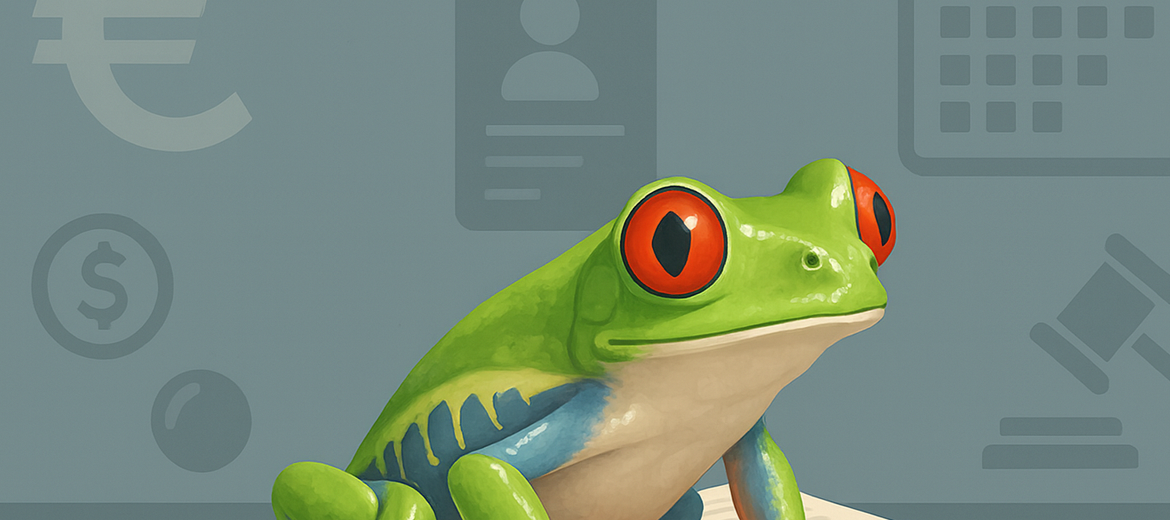For consumer debt, you may only charge extrajudicial collection costs after a valid Dutch 14-day letter. The amounts are largely fixed by law through the BIK scale. This article explains the basis on which to calculate, how the scale works, the minimum and cap, worked examples, and practical mistakes to avoid.
What are extrajudicial collection costs?
These are reasonable costs incurred to collect payment without court proceedings. For consumers, the Law on Standardisation of Extrajudicial Collection Costs (WIK) and the Decree on Compensation of Extrajudicial Collection Costs (BIK) set a tiered scale, provided a valid 14-day letter has expired.
When may you charge these costs?
Only after the payment term in the 14-day letter has lapsed and only if that letter was worded correctly. If the letter is defective, the right to collection costs usually fails.
What is the correct basis?
Apply the scale to the principal only (i.e., excluding statutory interest, prior fees or penalties). If several invoices to the same consumer are outstanding, you can generally bundle them into one total and apply the scale to that total—while keeping a clear audit trail of the bundled items.
The BIK scale (consumers)
– 15% on the first € 2,500
– 10% on the next € 2,500 (up to € 5,000)
– 5% on the next € 5,000 (up to € 10,000)
– 1% on the next € 190,000 (up to € 200,000)
– 0.5% on any excess, capped at € 6,775
A minimum of € 40 always applies.
Worked examples (consumers)
A principal of € 150 would yield € 22.50 at 15%, but the minimum applies, so the costs are € 40. At € 1,000, the costs are € 150. At € 3,000 you calculate 15% over € 2,500 (= € 375) plus 10% over € 500 (= € 50), totalling € 425. At € 12,000 you get € 375 (15% of € 2,500) + € 250 (10% of € 2,500) + € 250 (5% of € 5,000) + € 20 (1% of € 2,000) = € 895. Very high principals can reach the € 6,775 cap.
Instalments and cumulative rules
Monthly instalments can produce disproportionate stacking. Dutch cumulative rules aim to curb this. Bundle small, recent instalments where appropriate and apply the scale to the combined principal. Document your method in the case file.
Common pitfalls (and how to avoid them)
Typical errors include applying the scale to the wrong base (e.g., including interest), overlooking the € 40 minimum, or claiming costs without a valid 14-day letter. Another issue is dunning each small instalment separately; where possible, bundle and present one clear final opportunity to pay.
Business debtors (B2B) in brief
The WIK/BIK scale is consumer-specific. For business-to-business claims, contractual terms govern and, in commercial transactions, a fixed compensation and/or reasonable recovery costs may apply under separate rules. Always check your contract and the applicable law.
Pre-invoice check
Confirm that the 14-day letter has validly expired, that you apply the scale to the correct base (principal only), that the minimum/cap are correctly reflected, and that any bundling of multiple invoices is defensible and documented.
Legal basis (short)
WIK; Decree on Compensation of Extrajudicial Collection Costs (BIK); Dutch Civil Code art. 6:96.
Need help?
CW & Partners can calculate and verify your collection costs, review your 14-day letter and handle both amicable and court collection.

